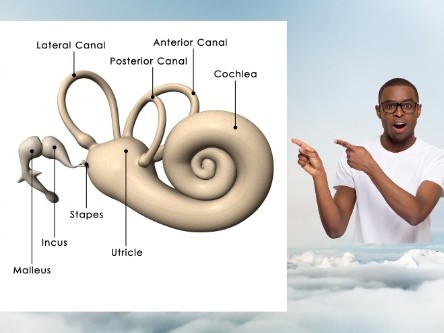
How The Ear Works
The human ear consists of three parts, these being the outer ear, the middle ear and the inner ear. The outer ear comprises the ear canal and the ear drum which exists to channel sound to the middle ear. The middle ear is an air-filled cavity that has three bones that transfer the air conducted sound to the inner ear. The inner ear comprises the cochlea which is a fluid filled compartment that contains the sensory Organ of Corti.
So, we have taken sound that is air conducted and converted it to a fluid environment. Movement of fluid in the Cochlea causes the hair cells contained within the Organ of Corti to discharge creating an electrical signal to transfer to the brainstem and up until the auditory cortex. The processing of sound takes place in the brainstem and is refined as it ascends.
The story does not stop there as the auditory cortex then sends the analysed sound, now in an electrical format, to other parts of the brain. For example, your language centre receives a significant input, as does music appreciation zones and emotional centres. Critically the auditory cortex gets information back from the brain and sends controlling signals back down to the cochlea to refine the listening experience.
It was not until about 1979 that the role of the outer hair cells in the cochlear was determined. Under microscopic view in a petri dish, it could be seen they changed their length by about 10% in response to an electrical stimulus. So, essentially, they were another step in the amplification chain that also gave us fine tuning. This fine tuning enables us to tell sounds apart that are close together in pitch. When we develop a sensorineural hearing loss it is the outer hair cells that are damaged resulting in loss of loudness and clarity.
